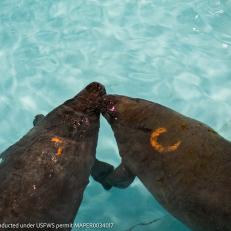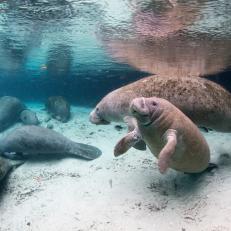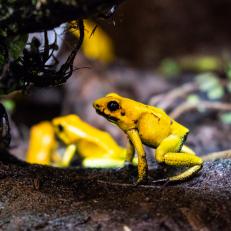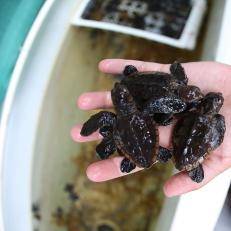Morgan Martin and the Underwater Acoustics
Doesn't that sound like the cooleset band ever? Meet Morgan J. Martin, PhD, a marine scientist who studies underwater sounds with whales, dolphins, and porpoises.
June 10, 2020
By:
Discovery
and
The Explorers Club
Shop This Look
This is a gray whale calf (~2 months old) off the Baja Peninsula, Mexico. Gray whales breed and give birth in small bays along the Baja coastline. This calf was very curious of our boat and its mother was only a few feet away, keeping a close eye on her baby.









.jpg.rend.hgtvcom.231.231.suffix/1632421591119.jpeg)













